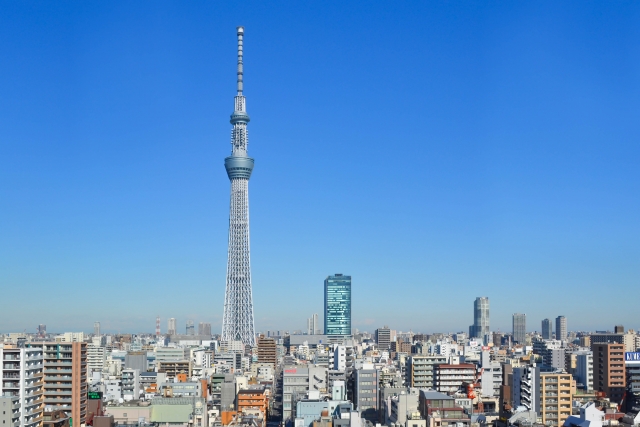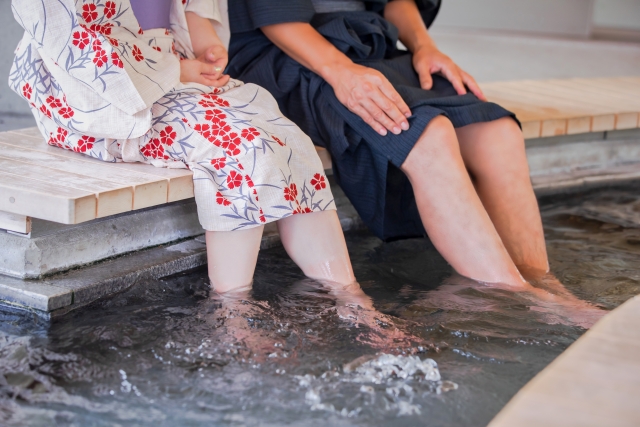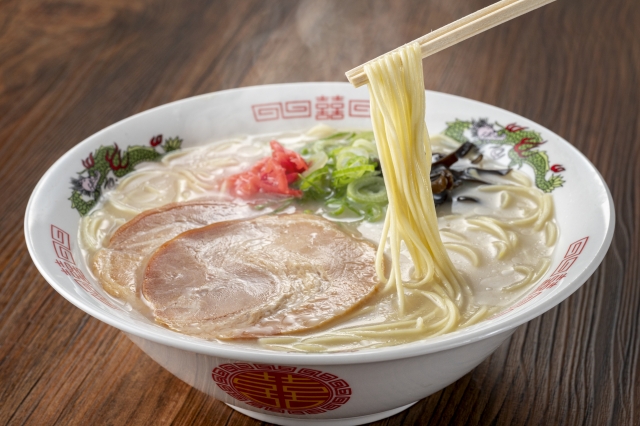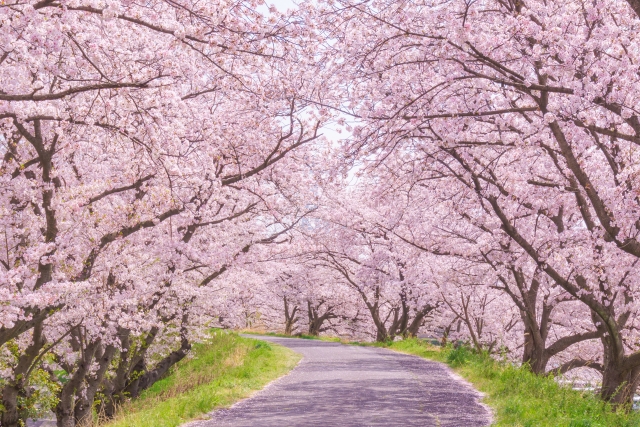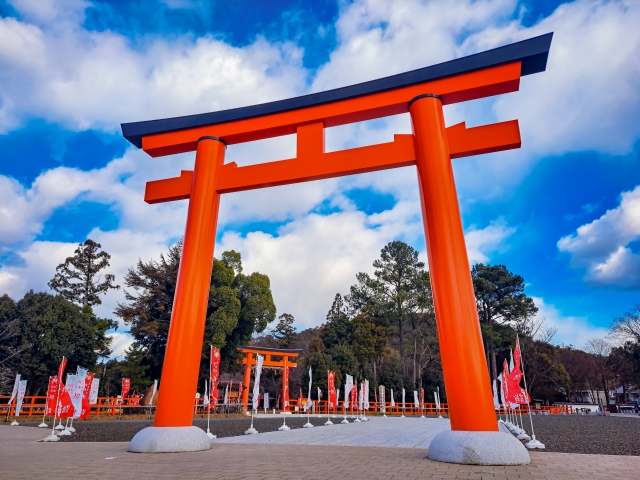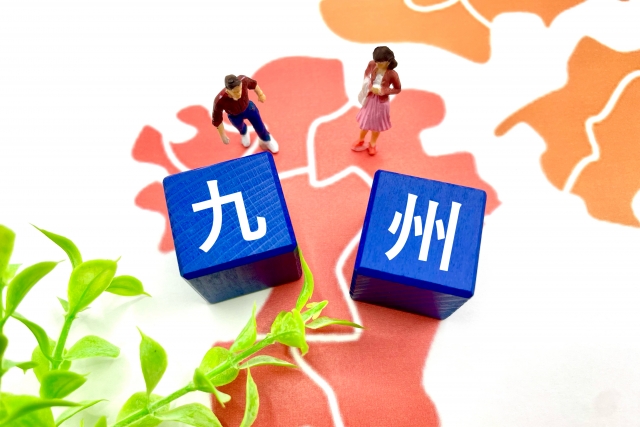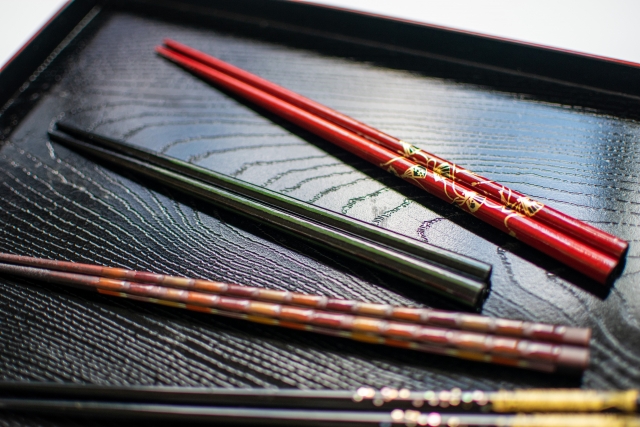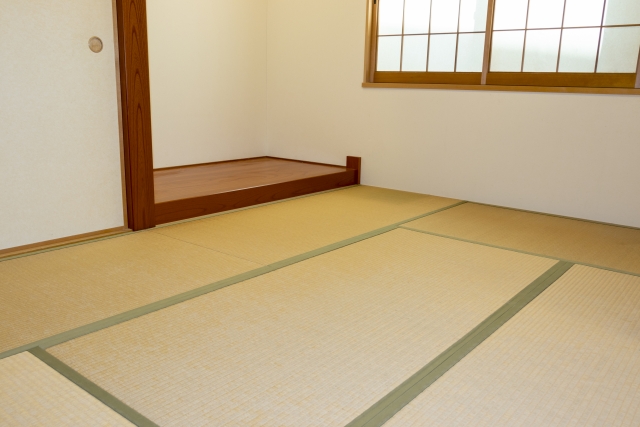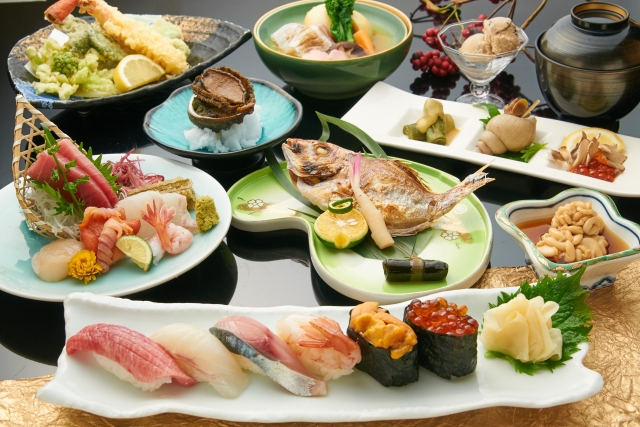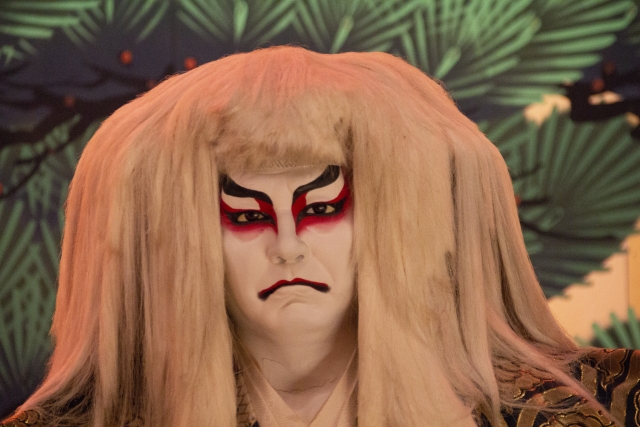“Asakusa is one of the most popular tourist destinations for both Japanese and foreigners. It is the place where you can feel Japan the most in Tokyo, as it is firmly rooted in the culture that has been passed down from generation to generation, such as temples, shrines, rickshaws, Japanese food, Japanese sweets, and ryokan(japanese inns). Here are some reasons why Asakusa is a fun town and its charms.
 Asakusa Kaminarimon, the gate of Sensoji Temple, is famous all over Japan as the face of Asakusa. There are two buddhist deities enshrined here: whose name are Fujin on the right side and Raijin on the left side, to ward off natural disasters. The official name of the gate is “Fujin Raijin Gate”. The lantern hanging in the center of the gate is 3.9 meters high, 3.3 meters in diameter, and weighs 700 kilograms. It welcomes you with an overwhelming presence. Sensoji Temple is the oldest temple in Tokyo, with a five-story pagoda and a hexagonal hall built around the main hall. The main deity of the temple is the Bodhisattva kannon, who is popularly known as “Kannon-sama”. The temple is also known as “Asakusa Kannon,” and is visited by about 30 million people a year. The garden at Denbo-in, the main temple of Senso-ji Temple, was designated as a national scenic spot in 2011.
Asakusa Kaminarimon, the gate of Sensoji Temple, is famous all over Japan as the face of Asakusa. There are two buddhist deities enshrined here: whose name are Fujin on the right side and Raijin on the left side, to ward off natural disasters. The official name of the gate is “Fujin Raijin Gate”. The lantern hanging in the center of the gate is 3.9 meters high, 3.3 meters in diameter, and weighs 700 kilograms. It welcomes you with an overwhelming presence. Sensoji Temple is the oldest temple in Tokyo, with a five-story pagoda and a hexagonal hall built around the main hall. The main deity of the temple is the Bodhisattva kannon, who is popularly known as “Kannon-sama”. The temple is also known as “Asakusa Kannon,” and is visited by about 30 million people a year. The garden at Denbo-in, the main temple of Senso-ji Temple, was designated as a national scenic spot in 2011.
 The observatory at 350 meters above the ground has a 360-degree view of the tower with large glass panels over 5 meters in diameter, and an open design that allows you to see from the foot of the tower to about 70 kilometers away. Another 100 meters up, at 450 meters above the ground, is the “Tembo galleria,” a tube-shaped glass galleria that takes you from floor 445 to floor 450, the highest floor in the tower. At the SKY TREE CAFE on Floor 340, you can also enjoy the “Teppenpen Sundae,” a sweet of soft ice cream topped with green tea warabi mochi and strawberries.
[blogcard url=”https://arigatomedia.jp/play/tokyo-skytree/”]
The observatory at 350 meters above the ground has a 360-degree view of the tower with large glass panels over 5 meters in diameter, and an open design that allows you to see from the foot of the tower to about 70 kilometers away. Another 100 meters up, at 450 meters above the ground, is the “Tembo galleria,” a tube-shaped glass galleria that takes you from floor 445 to floor 450, the highest floor in the tower. At the SKY TREE CAFE on Floor 340, you can also enjoy the “Teppenpen Sundae,” a sweet of soft ice cream topped with green tea warabi mochi and strawberries.
[blogcard url=”https://arigatomedia.jp/play/tokyo-skytree/”]
 The Sanja Festival is one of Tokyo’s most popular festivals, held every May at Asakusa Shrine in Asakusa. More than one million people are expected to attend the festival every year, and it is famous for the three mikoshi (portable shrines) that are paraded through the streets.
Furthermore, there are also performances such as the Binzasara Dance and the Teko Dance performed by the Geiko. Especially, the Binzasara dance is a traditional performing art that is designated as an intangible cultural asset of Tokyo. It is a type of dengaku dance performed to pray for a good harvest, and is rarely performed outside of the Sanja Festival nowadays.
In addition, there are many other performances, such as the dance of the white hare and the Ohayashi (musical performance), where you can become familiar with many aspects of Japanese traditional culture.
The Sanja Festival is one of Tokyo’s most popular festivals, held every May at Asakusa Shrine in Asakusa. More than one million people are expected to attend the festival every year, and it is famous for the three mikoshi (portable shrines) that are paraded through the streets.
Furthermore, there are also performances such as the Binzasara Dance and the Teko Dance performed by the Geiko. Especially, the Binzasara dance is a traditional performing art that is designated as an intangible cultural asset of Tokyo. It is a type of dengaku dance performed to pray for a good harvest, and is rarely performed outside of the Sanja Festival nowadays.
In addition, there are many other performances, such as the dance of the white hare and the Ohayashi (musical performance), where you can become familiar with many aspects of Japanese traditional culture.
 In addition to sightseeing on foot, riding around Asakusa on a rickshaw is a great way to see the sights in a different way, and if it is your first time, you will enjoy it even more.
Since you can freely go into places that are not accessible by car, you can directly feel the atmosphere of the place as it is, and enjoy Asakusa deeply.
The main rickshaw shop is Ebisuya, and the rickshaw stop is located in front of Kaminarimon gate. Therefore, you can go around Kaminarimon gate and Nakamise street, and then take a rickshaw to the other spots you want to visit. Moreover, the courses are divided into one section, 30 minutes, 60 minutes, and 120 minutes, so you can change the course according to your convenience and budget.
In addition to sightseeing on foot, riding around Asakusa on a rickshaw is a great way to see the sights in a different way, and if it is your first time, you will enjoy it even more.
Since you can freely go into places that are not accessible by car, you can directly feel the atmosphere of the place as it is, and enjoy Asakusa deeply.
The main rickshaw shop is Ebisuya, and the rickshaw stop is located in front of Kaminarimon gate. Therefore, you can go around Kaminarimon gate and Nakamise street, and then take a rickshaw to the other spots you want to visit. Moreover, the courses are divided into one section, 30 minutes, 60 minutes, and 120 minutes, so you can change the course according to your convenience and budget.
 Hanayashiki is Japan’s oldest amusement park, and is unusually homey for Tokyo, with an atmosphere full of Japanese old town. The slogan of the oldest existing roller coaster in Japan, born in 1953, is “The maximum speed is only 42 km/h! You can also enjoy the thrill of running through the eaves of houses. There is also a ninja experience dojo where you can actually feel like a ninja by reservation. And you will be taught four ninja skills in 60 minutes and receive a certificate of completion.
Hanayashiki is Japan’s oldest amusement park, and is unusually homey for Tokyo, with an atmosphere full of Japanese old town. The slogan of the oldest existing roller coaster in Japan, born in 1953, is “The maximum speed is only 42 km/h! You can also enjoy the thrill of running through the eaves of houses. There is also a ninja experience dojo where you can actually feel like a ninja by reservation. And you will be taught four ninja skills in 60 minutes and receive a certificate of completion.
 You can also enjoy sightseeing in Tokyo from the river on a Yakata-bune (traditional cruise houseboat) or a water bus. Yakata-bune is especially recommended. The speed of the yakata-bune is slower, so you can eat on board. All the dishes are made with the best seasonal ingredients of the season, and you can enjoy tempura and fresh seafood dishes. You can also enjoy tempura and fresh seafood. In the winter, a hot pot menu is available to warm you up, so you can enjoy the perfect dish for the season on board.
The boat also covers seasonal events, so you can enjoy the Sumida River fireworks display in summer, cherry blossom viewing in spring, and illumination viewing in winter from the water.
You can also enjoy sightseeing in Tokyo from the river on a Yakata-bune (traditional cruise houseboat) or a water bus. Yakata-bune is especially recommended. The speed of the yakata-bune is slower, so you can eat on board. All the dishes are made with the best seasonal ingredients of the season, and you can enjoy tempura and fresh seafood dishes. You can also enjoy tempura and fresh seafood. In the winter, a hot pot menu is available to warm you up, so you can enjoy the perfect dish for the season on board.
The boat also covers seasonal events, so you can enjoy the Sumida River fireworks display in summer, cherry blossom viewing in spring, and illumination viewing in winter from the water.
 Asakusa culture sightseeing center is located in front of Asakusa Kaminarimon, a one-minute walk from Exit 2 of Asakusa Station on the Tokyo Metro Ginza Line, where it has a tourist information center that anyone can use. There is also a foreign currency exchange counter on the first floor.
The second floor is a tourist information corner, complete with magazines and computers to search for information, as well as a power supply and Wi-Fi, so you can look up tourist information well in advance.
It is also a family friendly spot with nursing room for babies. Moreover, the eighth floor is an observation terrace with free admission, where you can see the iconic Kaminarimon gate and the Tokyo Skytree.
Asakusa culture sightseeing center is located in front of Asakusa Kaminarimon, a one-minute walk from Exit 2 of Asakusa Station on the Tokyo Metro Ginza Line, where it has a tourist information center that anyone can use. There is also a foreign currency exchange counter on the first floor.
The second floor is a tourist information corner, complete with magazines and computers to search for information, as well as a power supply and Wi-Fi, so you can look up tourist information well in advance.
It is also a family friendly spot with nursing room for babies. Moreover, the eighth floor is an observation terrace with free admission, where you can see the iconic Kaminarimon gate and the Tokyo Skytree.
Contents



